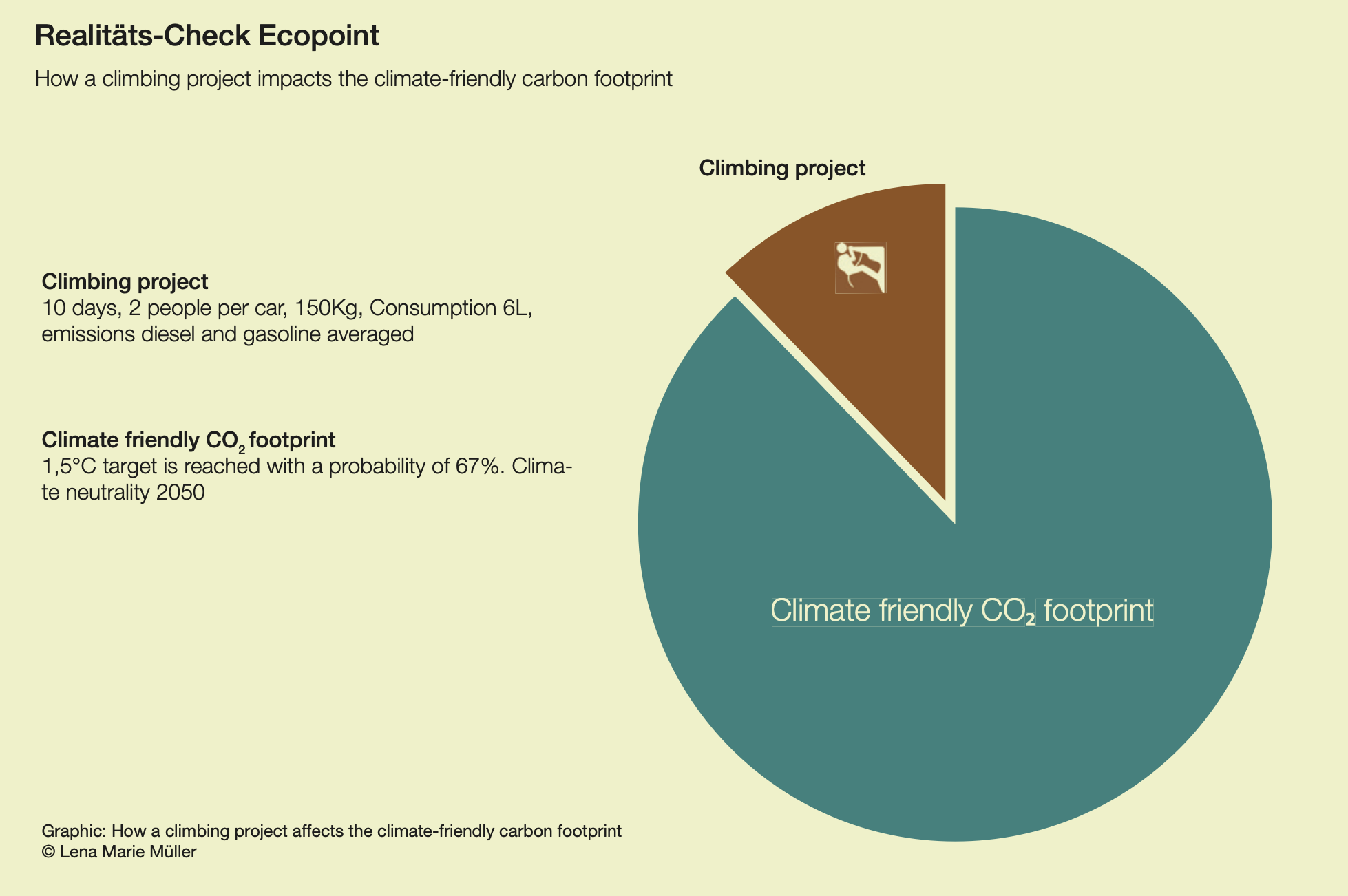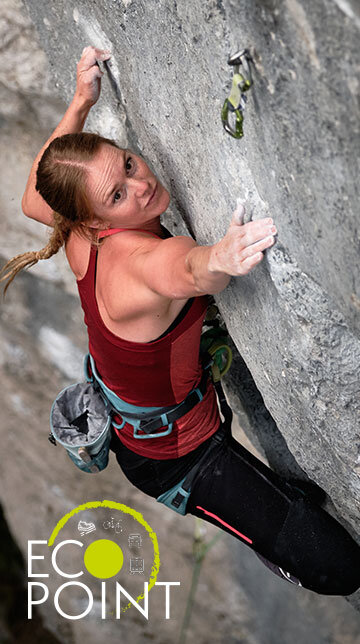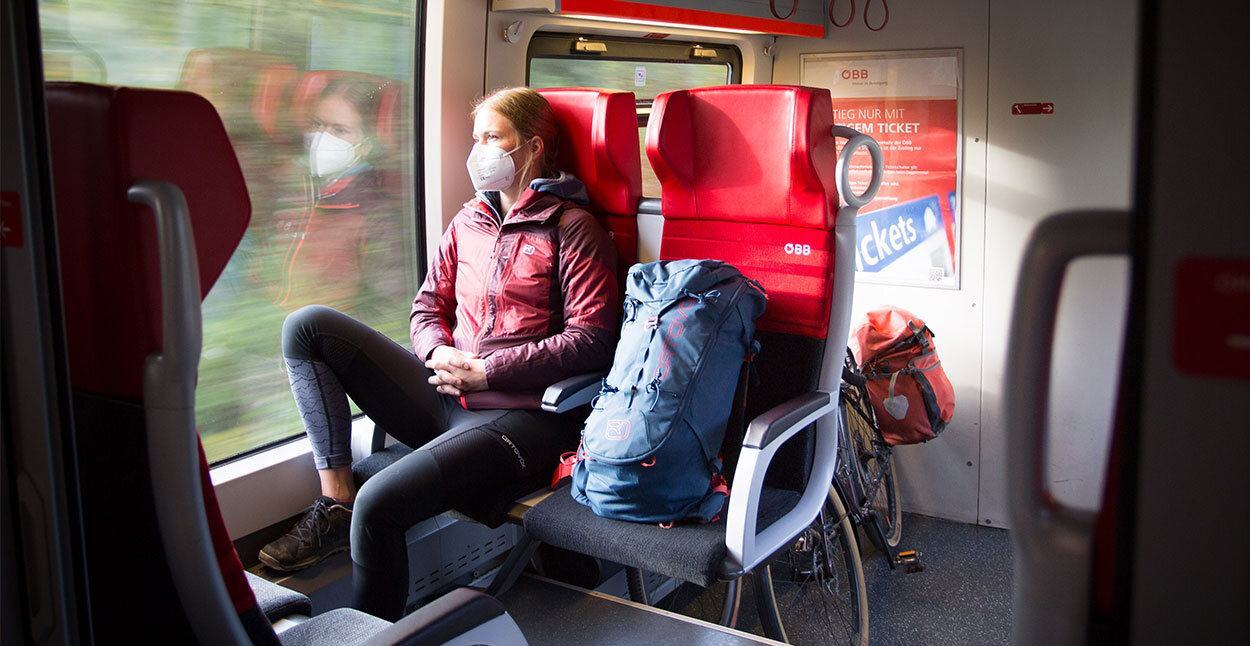To get to climbing destinations, most of us require a car. To help save the planet during the climate emer- gency, we need more eco-friendly ways of getting about to pursue our hobbies. But what impact does our sport have on our carbon footprint anyway? And what climate-friendly means of transport exist for climbers? The future could lie in a new option – the Ecopoint.
The carbon budget – perhaps the end to the climate crisis
To reduce the effects of the climate emergency, such as heat waves, floods, forest fires and food insecurity, to a tolerable level, the 2015 Paris Climate Agreement decided to limit global warming to 1.5°C . To achieve this target, only a defined quantity of emissions, known as the carbon budget, are allowed. If this allowance were to be distributed equally to everyone, each of us would have a climate-friendly footprint of approximately 1.3 tonnes of the carbon budget.





